
The Woven Wi-Fi Antenna that is a series of woven textiles that are antennas for a wireless router. The pattern of the textiles is designed to be visually perceptible by […]

The Woven Wi-Fi Antenna that is a series of woven textiles that are antennas for a wireless router. The pattern of the textiles is designed to be visually perceptible by […]
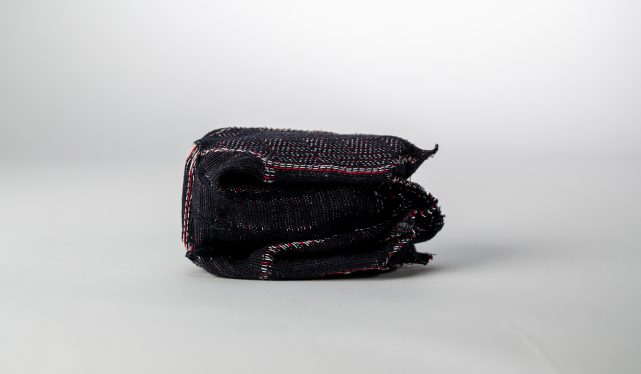
The wi-fi-no-wi-fi is an origami textile form that changes shape in response to the absence of wi-fi networks (Figure 1). In this investigation we made eight wi-fi-no-wi-fis for future field […]

The aim of the Turner Boxes project is to investigate through design what a relationship might be with wild bees in urban settings in which we are neither stewards nor […]

Wakkary, Ron. (2021). Things We Could Design: for more than human-centered worlds. MIT Press. https://mitpress.mit.edu/books/things-we-could-design How posthumanist design enables a world in which humans share center stage with nonhumans, with […]

Shape-changing artifacts refer to physical changes in material forms as inputs or outputs of computing. The HCI community has a growing interest in crafting unique shape-changing artifacts that create novel […]

In the past decade or more, HCI researchers have developed a vast number of shape-changing and deformable artifacts for utilitarian and functional goals, and to support behavioural interactions in situ. […]

With the massive proliferation of digital photos, new approaches are needed to enable people to engage with their vast photo archives over time and into the future. We describe the […]

The HCI community has long researched ‘the home’ and ‘domestic life’, and applied diverse methods to these investigations. This large body of work has produced many important contributions that have […]

Music listening is an intimate part of everyday life. Since the turn of the 19th century, people’s practices of accumulating, curating, and listening to music have played important roles in […]
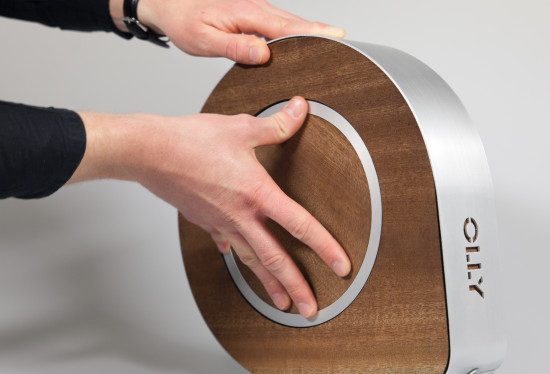
People now generate and accumulate massive digital records associated with their personal experiences—a valuable resource for connecting with others and for reflecting on one’s own life. However, the size and […]
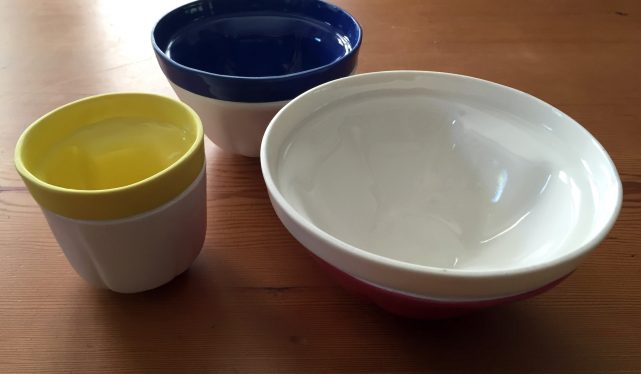
The Morse Things project investigates the nature of relations between people and computational things in the making of everyday life. Specifically, Morse Things explores the notion of the Internet of […]

The tilting bowl is a glazed porcelain bowl that periodically tilts. Similar to the table-non-table, the tilting bowl tilts in short durations (3-8 seconds) at random intervals 3-6 times a day. […]

The Slow Game project draws on the practice of playing Chess with a remote opponent in which people would literally send their next move through paper correspondence via the post […]

This research inquiry is a two-year autobiographical design project of converting a Mercedes Sprinter van into a camper van. This project allows me to investigate the complexities and nuances of […]

Weekend Alarm, inspired on the grandfather clock, hides the clock face during the weekend.
Weekend Alarm is part of the project ‘Disrupting Clocks’.

This alarm clock runs for 7½ hours. If you want to wake up at 7.30 you have to set at midnight. 7 1/2 is part of the master graduation project ‘Disrupting Clocks’.

The table-non-table is a slowly moving stack of paper supported by a motorized aluminum chassis. The paper is common stock; each sheet measures 44.5 cm by 57 cm with a […]

With the advent of “sharing economy” services everyday objects such as household items, domestic electronics, and even vehicles may be easily shared among people, in other words they roam from […]
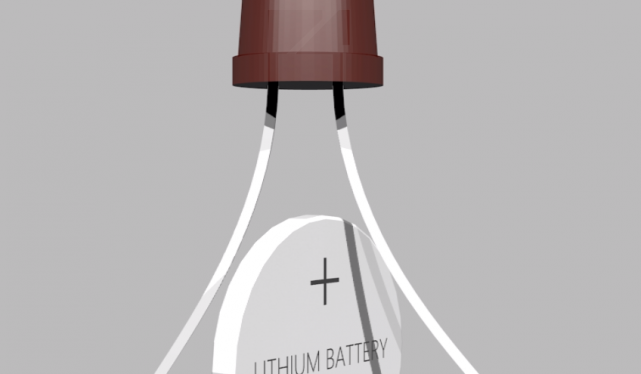
The Maker movement began as a means to fight back against mass produced items and the lack of accessibility to products an individual owns. Make: Magazine coined phrases like “If […]

Lyssna functions like a hearing aid on your refrigerator. It is attached to the refrigerator door and rotates every once in awhile to get your attention. When it is moved […]

Unaware objects are a type of interaction design artifact that emphasizes actuality over functionality, which has neither an explicit interface nor computational awareness of its owners presence or actions. As a […]
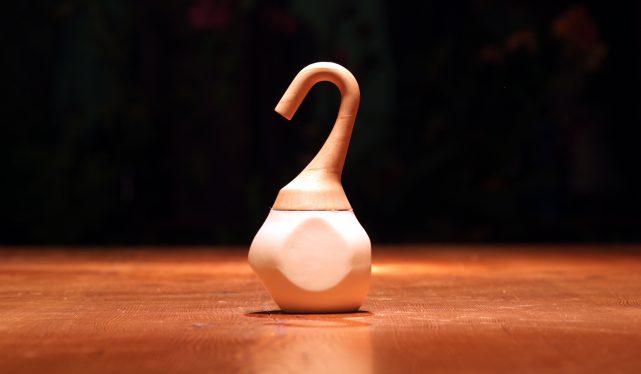
The hook was inspired by previous findings from our studies of everyday design, where we observed how people creatively adapt and repurpose common artifacts to fit their evolving needs in […]

Urban Data Posts is a public light installation displaying the potential power of urban sustainable energy in the City of Vancouver. The project is collaboration between SAP, Science World and Simon […]

Avalanche Rescue is a competence required of backcountry skiers. Backcountry skiing is the practice of skiing outside controlled ski resort areas. This type of skiing brings the thrill and adventure of facing […]

Design-thinking is a specific design practice that aims to foster innovation, and allows people to have confidence in their creative ability. Design-thinking techniques and strategies are understood to have an […]

DIY tutorial authorship is critical to the success and vitality of DIY practices. In a series of studies, we examined how tutorial authorship is one way to maintain and improve the quality of […]

How can interaction designers approach designing for “the public”, where the audience holds a diverse and dynamic range of interpretations and associations? How do these issues manifest in the context […]
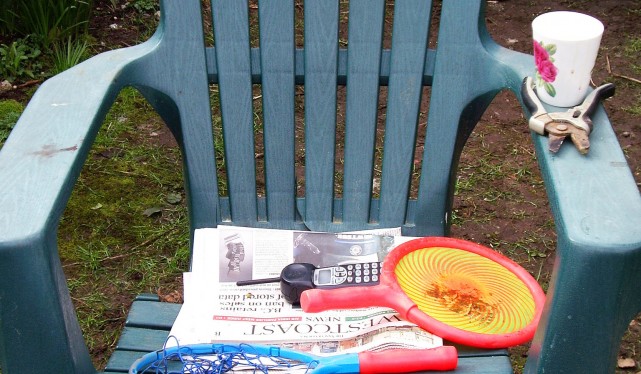
Everyday Design explores the idea that everyone is a designer. The work explains the design actions of family members to be creative, as evidenced by the resourceful appropriation and repair […]

Existing research on designers mostly focuses on the specific activities they undertake during the design process, such as brainstorming, sketching, and prototyping. This research examines how designers utilize their personal experiences in […]

In HCI, design activism has been practiced but has not been well articulated or discussed. We found the theme of activism in educational discussions within HCI opening a new avenue […]
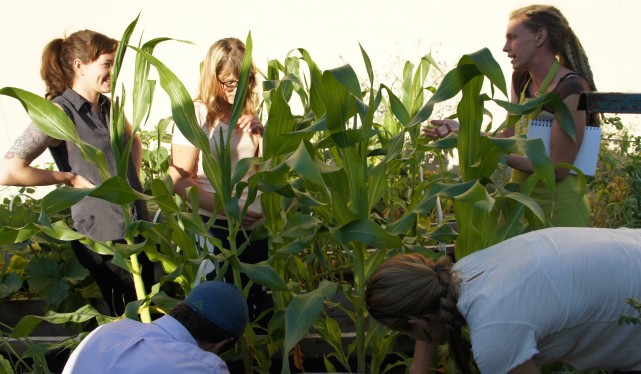
Community gardens are places where people grow food for themselves and others. They are places that foster a strong sense of collaboration by a local group of volunteers. This project […]

Although the visually impaired have been a longstanding and well recognized user group addressed in the field of Human-Computer Interaction (HCI), guide dog users have more nuanced needs that bring […]

People, who are one way or another into the skateboarding culture make art, furniture, accessories, jewelry and more out of old or broken skateboards (examples see picture gallery). This served […]

The steampunk subculture re-imagines a world inspired by the Victorian and Edwardian eras, where brass, leather, and wood constitute common fabrication materials and where steam is used as a main […]

Inspired by the Surrealist technique known as exquisite corpse, we investigated a novel method for exploring low-level interaction and its design qualities. We define low-level interaction to be manipulations of […]

Sustainability is a topic that has been explored from many different angles in HCI in the past years. In this project, we shift the perspective and take a look at […]